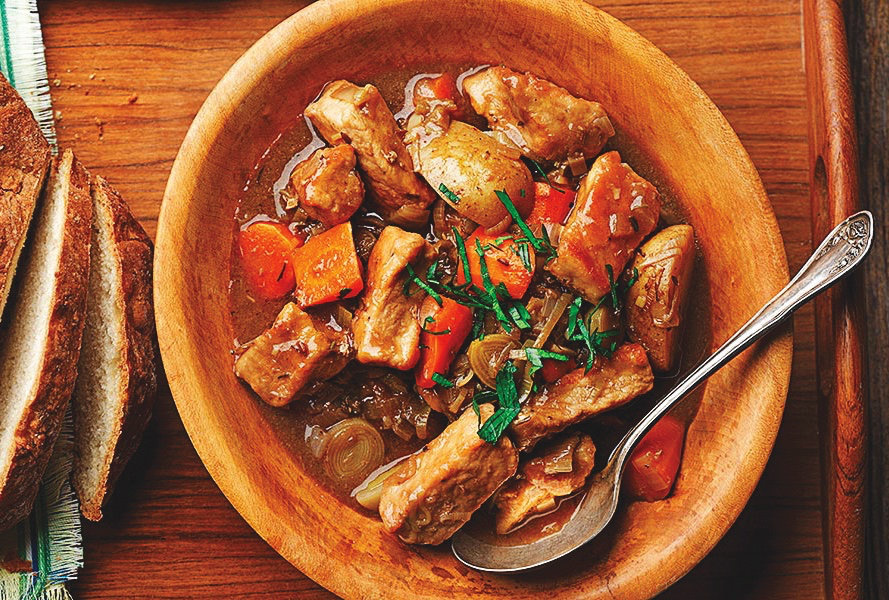Over the years attempts have been made to introduce or reintroduce a number of birds into southern Manitoba. Some of these – pheasants and chucker partridges, for example – have been unsuccessful, mainly due to our harsh winters. But one success story is that of the eastern wild turkey whose spread throughout the province is the result of dedicated work by a few outdoorsmen.
The wild turkey was apparently native to Ontario and most of the eastern U.S., but not to Manitoba. However, over-hunting and loss of habitat had resulted in greatly decreased numbers throughout its former range. Reintroduction, or introduction, started in many U.S. states and then spread to Canada.
Read Also

Cooking fish of Manitoba: Keep your catch fresh and tasty for the table
Fishing in Manitoba provides mouthwatering meals, assuming anglers handle, process and cook their fish properly before sitting down to eat. Here’s how, with recipes and fish preparation tips.
Its introduction here began in 1958 by a group called Wild Gobblers Unlimited, organized as part of the Morden Game and Fish Association. In September of that year 16 wild turkeys, purchased from a North Dakota hatchery, were released near Miami, Manitoba. More releases followed over the next few years and the population increased steadily – to such an extent that by 1977 it was believed there were enough to allow a limited hunting season. Hunting (for residents only) has continued since then, but even so the population seems to be growing and expanding its range. The most recent estimates I found varied from an estimate of 7,000 in 2003 up to as high as a 10,000 estimate for 2004. As part of a Manitoba Conservation project, 140 wild turkeys were captured and banded during the 2009-10 winter.
I’m not a hunter, but I do enjoy seeing wild turkeys. Over the last few years I’ve caught sight of these in increasing numbers, often close to highways or rural roads, though I’ve also seen them in several of our provincial parks – Spruce Woods, Turtle Mountains and Birds Hill. The ones in Birds Hill Provincial Park are quite tame; they wander through the campgrounds, and are particularly noticeable in late summer and fall, with their young ones following along.
Turkeys are impressive birds to see in the wild. The males (toms) have brownish, sometimes black or greenish feathers that gleam in the sunlight, while the females (hens) are a duller grey brown. Both have a bluish-grey head, a reddish throat and wattles. Adult toms have “beards” – long black feathers on the chest. Toms can be a metre or more tall and weigh up to 11 kg, with the average about eight kg. Hens are shorter and about half the weight of a male.
The wild turkeys seem to have adjusted to Manitoba winters. They usually find enough food in the wild, though sometimes when conditions are harsh they are seen in cattle feedlots. Sometimes the increased numbers have also caused problems in urban areas, for instance within Winnipeg, where they occasionally damage flower beds, gardens and parks. Birds causing problems there are usually captured and released in the wild.
The spread of the wild turkey in Manitoba is an important success story – inspirational perhaps, when it comes to saving some of our endangered species.
– Donna Gamache writes from MacGregor, Manitoba


















